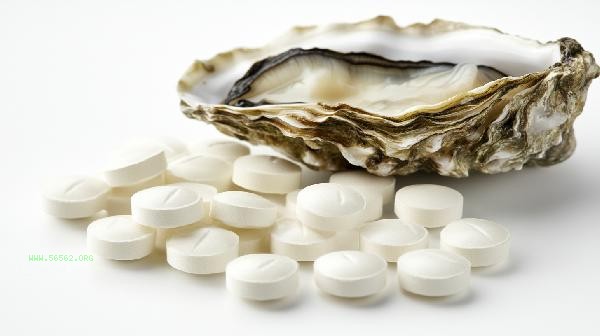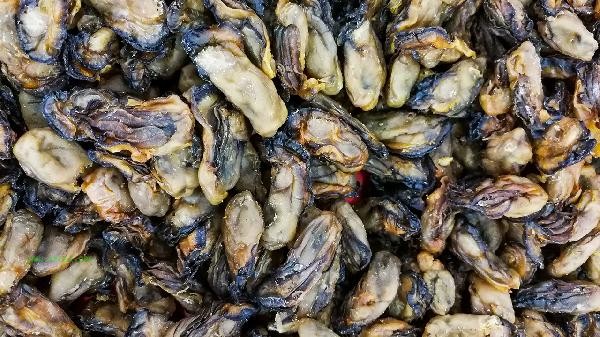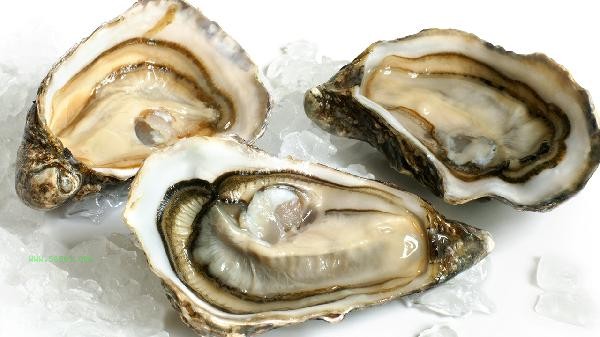Oyster slices are generally not recommended to be eaten with high oxalic acid vegetables, high tannic acid vegetables, and cold vegetables. The main ingredient of oyster slices is oyster extract, which is rich in minerals such as zinc and selenium. Taking them together with specific vegetables may affect nutrient absorption or cause gastrointestinal discomfort. Common combinations that need to be avoided include spinach, water spinach, bamboo shoots, bitter gourd, purslane, etc. When oyster slices are consumed with high oxalate vegetables such as spinach and spinach, oxalic acid easily combines with minerals such as calcium and zinc in oysters to form insoluble precipitates. This not only reduces mineral absorption, but long-term excessive intake may also increase the risk of urinary system stones. It is recommended to take oyster slices two hours after consuming these vegetables, or blanch them to remove some oxalic acid before cooking. Vegetables with high crude fiber content such as bamboo shoots and bamboo shoots may accelerate intestinal peristalsis, shorten the residence time of oyster slices in the digestive tract, and affect the full absorption of nutrients.

Some people may experience gastrointestinal discomfort such as abdominal pain and diarrhea when consuming oyster slices in combination with cool vegetables such as bitter gourd and purslane. These vegetables themselves have the function of clearing heat and purging fire, which conflicts with the nourishing properties of oyster slices. For those with spleen and stomach deficiency and cold, eating both together may worsen the symptoms of abdominal cold pain. Strong tea, coffee, and other beverages containing tannic acid should not be consumed with oyster slices. Tannic acid can combine with proteins to produce sediment, which affects the effectiveness of oyster slices. During the period of taking oyster slices, it is recommended to maintain a light diet and avoid consuming them with the above-mentioned vegetables. It can be paired with warm vegetables such as pumpkin and carrots to promote nutrient absorption, while paying attention to controlling daily intake. Excessive supplementation of zinc may lead to copper and iron absorption disorders. Patients with special constitutions or chronic diseases should take it under the guidance of a physician. If adverse reactions such as nausea and rash occur, they should stop using it immediately and seek medical attention. Daily storage should be kept away from light and moisture. After opening, it is recommended to refrigerate to ensure the stability of the active ingredients.










Comments (0)
Leave a Comment
No comments yet
Be the first to share your thoughts!